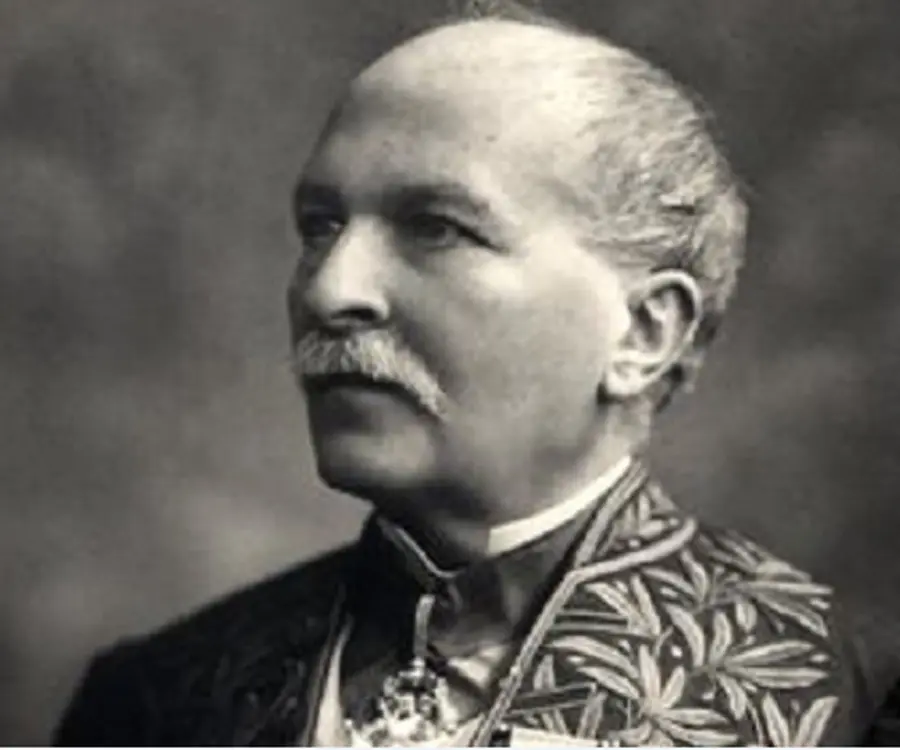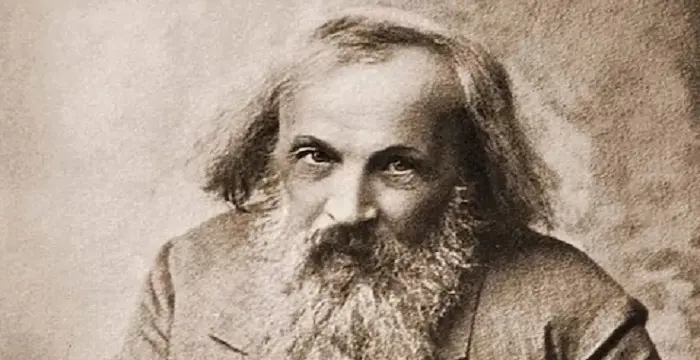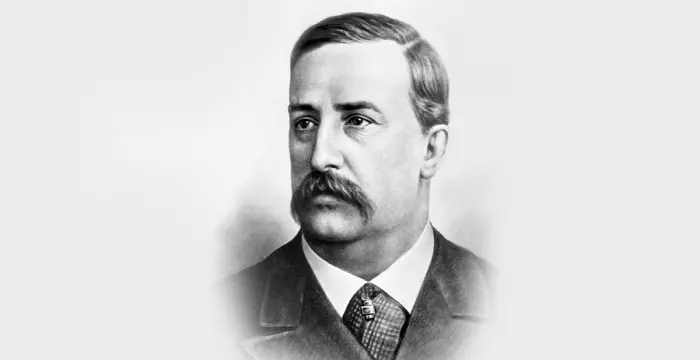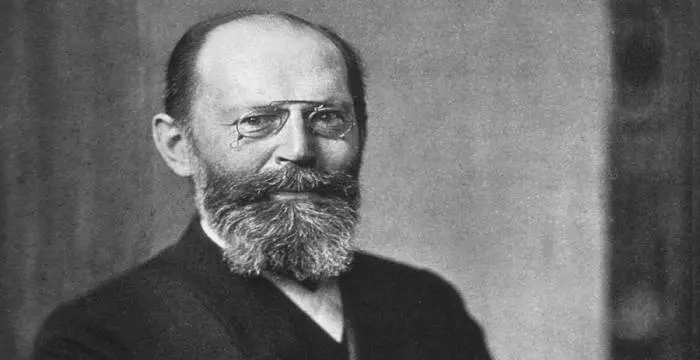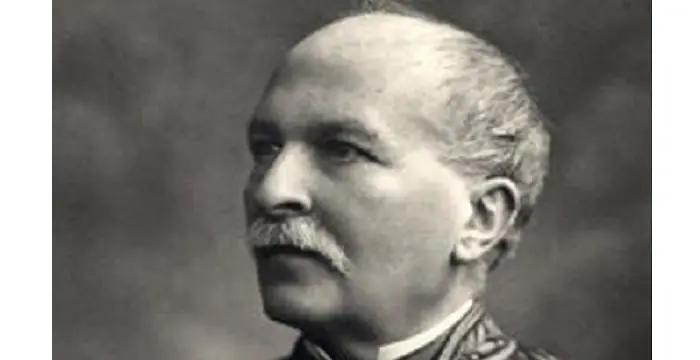
Paul Sabatier - Organic Chemists, Birthday and Personal Life
Paul Sabatier's Personal Details
Paul Sabatier was a French organic chemist known for his research works in catalytic organic synthesis
| Information | Detail |
|---|---|
| Birthday | November 5, 1854 |
| Died on | August 14, 1941 |
| Nationality | French |
| Famous | Scientists, Chemists, Organic Chemists |
| Universities |
|
| Birth Place | Carcassonne, France |
| Gender | Male |
| Sun Sign | Scorpio |
| Born in | Carcassonne, France |
| Famous as | Chemist |
| Died at Age | 86 |
// Famous Chemists
Henry Cavendish
Henry Cavendish was a theoretical chemist and physicist, renowned for discovery of hydrogen and calculation of the mass of earth. To know more about his childhood, profile, timeline and career read on
Walter Kohn
Nobel Laureate Walter Kohn was an Austrian-born American theoretical chemist and physicist. Check out this biography to know about his childhood, life, achievements, works & timeline.
Jabir Ibn Hayyan
Jabir Ibn Hayyan was a medieval era polymath. Check out this biography to know about his life, works and achievements.
Paul Sabatier's photo
Who is Paul Sabatier?
Paul Sabatier was a French organic chemist known for his research works in catalytic organic synthesis, especially for inventing the role of nickel and other metals as a catalyst in hydrogenation. His research work earned him the ‘Nobel Prize in Chemistry’ in 1912 along with another French chemist Victor Grignard. He played an instrumental role in enabling the use of hydrogenation in the industrial sector. He is also known for the Sabatier principle and for his book ‘La Catalyse en Chimie Organique’. He remained the Professor of Chemistry at the ‘University of Toulose’ for over four decades and later became the ‘Dean of the Faculty of Science’. He was an honorary member of the ‘American Chemical Society’, the ‘Royal Netherlands Academy of Sciences’, the ‘Royal Society of London’, and the ‘Academy of Madrid’ among several other foreign institutes. Sabatier was honoured as ‘Commander of the Légion d'Honneur’ and inducted as a member of the ‘French Academy of Sciences’. He received the ‘Prix Lacate’ award in 1897 and the ‘Prix Jecker’ award in 1905. The ‘Royal Society of London’ awarded him the ‘Davy Medal’ in 1915 and the ‘Royal Medal in 1918.
// Famous Organic Chemists
Dmitri Mendeleev
Dmitri Mendeleev was a Russian chemist who is best known for his discovery of the periodic law. Check out this biography to know about his childhood, life, achievements, works & timeline
Aleksandr Borodin
Aleksandr Borodin was a prodigal Russian music composer and scientist. This biography gives detailed information about his childhood, life, works, achievements and timeline.
Hermann Emil Fischer
Emil Fischer was a Nobel Prize winning chemist from Germany who is known for inventing the ‘Fischer Projection’ method. To know more about his childhood, career, profile and timeline read on
Childhood & Early Life
He was born on November 5, 1854, in Carcassonne in Southern France.
After attending the local Lycée, he sat for the entrance exams of ‘École Normale Supérieure’ and ‘École Polytechnique’ and after being selected by both the institutes he opted to join the former.
He began attending the ‘École Normale Supérieure’ from 1874 and graduated after three years as the topper in his class.
After completing graduation, he worked for a year as a teacher of physics in a local school in Nîmes.
In 1878 he joined ‘Collège de France’ as a laboratory assistant of Marcellin Berthelot, under whom he completed his ‘Doctor of Science’ in 1880. His thesis was based on the thermochemistry of sulfur and metallic sulfides.
Career
After his doctorate, he served as maître de conference in physics in the faculty of sciences at the ‘University of Bordeaux’ for a year.
In January 1882, he joined the ‘University of Toulouse’ and taught physics. In 1884 Sabatier became a professor of chemistry at the university, a position he held for decades till his retirement in 1930.
In 1887 he founded a multidisciplinary journal, ‘Annales de la Faculté des Sciences de Toulouse’ along with Thomas Joannes Stieltjes, , E. Cosserat, Benjamin Baillaud, C. Fabre, T. Chauvin, Marie Henri Andoyer, G. Berson, A. Destrem and A. Legoux.
In 1905, the ‘University of Toulouse’ appointed him the Dean of its Faculty of Science.
His early research work included chemical and physical analysis of chlorides, sulphides, chromates and copper compounds.
Sabatier investigated the nitrosodisulfonic acid and its salts and examined the oxides of nitrogen. He made intrinsic analysis of absorption spectra and partition coefficients.
During his initial analysis of the phenomenon of catalysis, he figured out the inconsistencies in the physical theory of English scientist Michael Faraday. Sabatier developed his own chemical theory that postulated the creation of unstable mediums.
Almost the entire area of catalytic syntheses in organic chemistry was analysed by him, he examined hundreds of hydrogenation and dehydrogenation reactions.
He found that nickel when used in small quantity as a catalyst aided in hydrogenation of most compounds of carbon. He also pointed out that apart from nickel there are many other metals like cobalt, platinum, copper, palladium and iron that possess catalytic activity, albeit in lower intensity.
He went into investigating catalytic hydration and dehydration and analysed the usual activity of several catalysts in various reactions, thereby studying the feasibleness of each.
In 1913 he published his most notable book, ‘La Catalyse en Chimie Orgarnique’ (Catalysis in organic chemistry), the second edition of which was issued in 1920. The book was translated in English by E. E. Reid, which was published in 1923.
Major Works
His most remarkable discovery, known as the ‘Sabatier reaction’ and also as the ‘Sabatier process’ that he brought out in the 1910s remains his primary invention. The process takes into account reaction of hydrogen with carbon dioxide at a high level of temperature and pressure with nickel as a catalyst to form water and methane.
Many of his inventions related to the application of metal hydrogenation catalysts, aided in forming the foundations of various industries such as that of oil hydrogenation, margarine oil and synthetic menthol.
Awards & Achievements
In 1912, he received the ‘Nobel Prize in Chemistry’ along with French chemist Victor Grignard.
Personal Life & Legacy
He was married to Mademoiselle Herail and the couple was blessed with four daughters. One of his daughters was married to renowned Italian chemist, Emilio Pomilio.
Sabatier was a reserved person and was quite fond of gardening and art.
Sabatier passed away on August 14, 1941.
Trivia
The ‘Paul Sabatier University’ in Toulouse was named in his honour.
// Famous Scientists
Juliane Koepcke
Juliane Koepcke is a German-Peruvian biologist, who was the lone survivor among the 92 passengers and crew of the ill-fated LANSA Flight 508 that crashed in the Peruvian rainforest on 24 December 1971. Know more about her life in this biography.
Henry Cavendish
Henry Cavendish was a theoretical chemist and physicist, renowned for discovery of hydrogen and calculation of the mass of earth. To know more about his childhood, profile, timeline and career read on
Konstantin Tsiolkovsky
Konstantin Tsiolkovsky was a Russian rocket scientist and a pioneer of astronautics. This biography provides detailed information about his childhood, family, personal life, career, achievements, etc.
Paul Sabatier's awards
| Year | Name | Award |
|---|---|---|
Other | ||
| 0 | Nobel Prize for Chemistry (1912) | |
| 0 | Davy Medal (1915) | |
| 0 | Albert Medal (1926) | |
| 0 | Franklin Medal (1933) | |
Paul Sabatier biography timelines
- // 5th Nov 1854He was born on November 5, 1854, in Carcassonne in Southern France.
- // 1874He began attending the ‘École Normale Supérieure’ from 1874 and graduated after three years as the topper in his class.
- // 1878 To 1880In 1878 he joined ‘Collège de France’ as a laboratory assistant of Marcellin Berthelot, under whom he completed his ‘Doctor of Science’ in 1880. His thesis was based on the thermochemistry of sulfur and metallic sulfides.
- // 1887In 1887 he founded a multidisciplinary journal, ‘Annales de la Faculté des Sciences de Toulouse’ along with Thomas Joannes Stieltjes, , E. Cosserat, Benjamin Baillaud, C. Fabre, T. Chauvin, Marie Henri Andoyer, G. Berson, A. Destrem and A. Legoux.
- // 1905In 1905, the ‘University of Toulouse’ appointed him the Dean of its Faculty of Science.
- // 1912In 1912, he received the ‘Nobel Prize in Chemistry’ along with French chemist Victor Grignard.
- // 14th Aug 1941Sabatier passed away on August 14, 1941.
// Famous Scorpio Celebrities peoples
Teddy Zois
Teddy Zois is an American Musical.ly star and social media personality. Let’s have a look at his family and personal life including age, date of birth, net worth, and fun facts.
Kyla Cole
Kyla Cole is a Slovak glamour model and former television presenter. This biography profiles her childhood, life, modeling career, achievements and timeline.
Dominic Tracy
Dominic Tracy is an American YouTube Star. Let’s take a look at his family & personal life including age, date of birth, girlfriends, net worth, and fun facts.
Paige Mackenzie Hyland
Paige Mackenzie Hyland is an American dancer, fashion model and social media personality. Let’s take a look at her family & personal life including age, birthday, net worth, boyfriends, and fun facts.
Devin Gordon
All about American Pop singer and internet celebrity Devin Gordon, including his age, birthday, family life, girlfriends, net worth, and some fun facts.
Cody Ko
Cody Ko is a Canadian Vine sensation and YouTube personality. Check out this biography to know about his childhood, family life, achievements and fun facts about him.
Paul Sabatier's FAQ
What is Paul Sabatier birthday?
Paul Sabatier was born at 1854-11-05
When was Paul Sabatier died?
Paul Sabatier was died at 1941-08-14
Where was Paul Sabatier died?
Paul Sabatier was died in Toulouse, France
Which age was Paul Sabatier died?
Paul Sabatier was died at age 86
Where is Paul Sabatier's birth place?
Paul Sabatier was born in Carcassonne, France
What is Paul Sabatier nationalities?
Paul Sabatier's nationalities is French
What was Paul Sabatier universities?
Paul Sabatier studied at École Normale Supérieure
What is Paul Sabatier's sun sign?
Paul Sabatier is Scorpio
How famous is Paul Sabatier?
Paul Sabatier is famouse as Chemist



